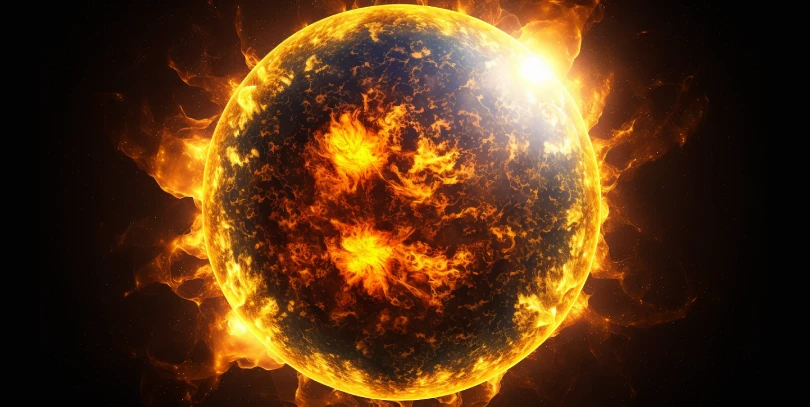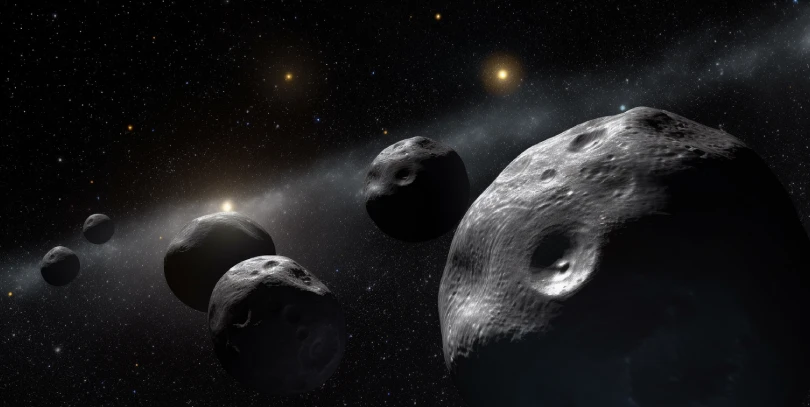The Sun is a remarkable celestial body that has been a captivating human interest for centuries. As the closest star to Earth and the center of our Solar System, it plays a significant role in our lives and the world around us. In this article, we’ll explore 20 amazing facts about the Sun, ranging from its size, temperature, and energy output to its magnetic activity and impact on the Earth’s climate. These facts will provide an exciting insight into the workings of our nearest star and help us understand its role in the vastness of the universe.
- The Sun is a massive ball of hot plasma, which means it is a gas composed of charged particles, mainly hydrogen and helium.
- It’s a yellow dwarf star, meaning it is relatively small and falls under the G-type classification.
- The Sun has a diameter of about 1.39 million kilometers, which is about 109 times that of Earth.
- It’s located about 149.6 million kilometers away from Earth, and it takes about eight minutes for its light to reach us.
- The Sun accounts for over 99.8% of the total mass of the Solar System, with Jupiter being the largest planet and making up most of the rest.
- It has a surface temperature of about 5,500°C (9,932°F) and a core temperature of about 15 million°C (27 million°F).
- The Sun’s energy is produced through nuclear fusion in its core, where hydrogen atoms combine to form helium, releasing a tremendous amount of energy.
- Solar flares and coronal mass ejections are some of the most powerful phenomena associated with the Sun. They can release energy equivalent to billions of atomic bombs.
- The Sun’s magnetic field has a north and south pole, just like Earth’s. However, the Sun’s magnetic field reverses every 11 years, leading to a new cycle of solar activity.
- The Sun’s activity cycle affects the Earth’s climate, with high solar activity leading to increased temperatures and low solar activity leading to cooler temperatures.
- The Sun’s rotation is not uniform, with its equator rotating faster than its poles. This differential rotation causes the formation of sunspots and other phenomena on its surface.
- Sunspots are temporary dark spots on the Sun’s surface caused by magnetic activity. They can be up to 50,000 kilometers in size.
- The Sun is the only star that can be observed in detail from Earth, allowing astronomers to study it in great detail.
- The Sun’s energy output is about 386 billion megawatts, enough to power the entire world’s electricity needs for millions of years.
- The Sun is about 4.6 billion years old and is expected to remain stable for another 5 billion years.
- The Sun is not a perfect sphere but is slightly flattened at its poles due to its rotation.
- The Sun’s gravity is so strong that it holds the entire Solar System together. Planets orbit around it because of its gravitational pull.
- The Sun’s atmosphere is composed of several layers, including the photosphere, chromosphere, and corona, which are all visible during a solar eclipse.
- The Sun’s light is not white but is composed of different colors, which can be seen when the light passes through a prism.
- The Sun has been worshiped and revered by many cultures throughout history, including the ancient Egyptians, Greeks, and Incas.
These are just a few of the fascinating facts about the Sun. Studying and understanding the Sun is crucial for understanding the nature of our Solar System and the universe at large.
Sources:






